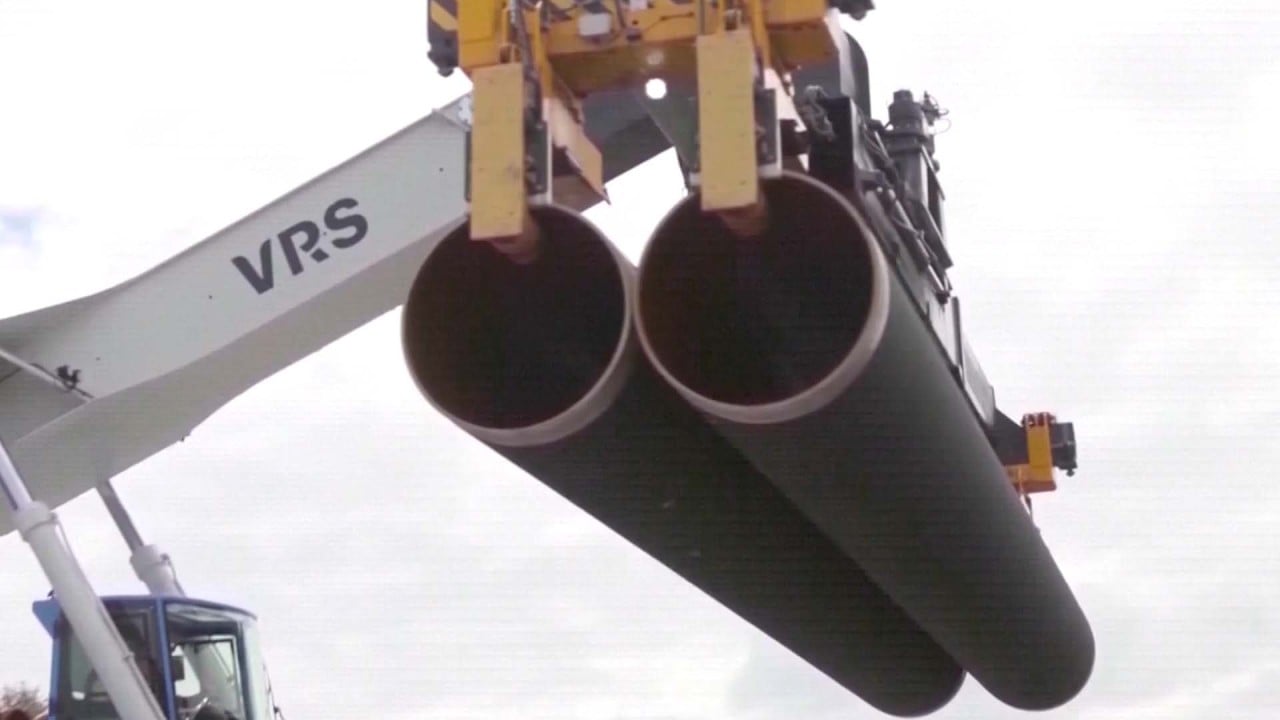Advertisement
Macroscope | Asia’s exports under pressure as US, EU economies slow amid inflation
- Both the US and Europe are likely to face a prolonged period of sluggish growth, creating a challenging environment for Asia
- Economies more oriented towards domestic demand, such as China and India, may be in a better position to withstand the trade shock
Reading Time:3 minutes
Why you can trust SCMP

In recent weeks, there have been increasing signs that the global economy is losing momentum, while major central banks take decisive action in raising interest rates to contain elevated inflation.
Advertisement
Last week, data showed the US economy had shrunk for a second quarter in a row, meeting a common definition of a “technical recession”. Although the US economy was probably not genuinely in recession during the first half of the year, in part due to the tight labour market, the second-quarter figures point to a notable slowdown in growth into the middle of the year.
Meanwhile, the US Federal Reserve has more work to do to tackle inflation, which is still running hot. The core personal consumption expenditures price index, the primary inflation gauge that the Fed monitors, increased in June by 4.8 per cent from a year ago, significantly above the central bank’s 2 per cent inflation target.
Moreover, pressure from wage inflation remains high with the US Employment Cost Index running at an annualised pace of about 5 per cent in the second quarter. To slow inflation, the Fed needs to generate a period of weak growth and looser labour market conditions through further monetary tightening.
The euro-zone economy is also showing signs of an abrupt loss of momentum around midyear. Despite better-than-expected second-quarter growth, recent sentiment surveys have all weakened significantly with the European Union’s consumer confidence reaching a record low and the S&P Global Flash purchasing managers’ index for the euro zone falling into contraction territory last month.
As a deepening gas crisis looms, the euro zone’s growth outlook has become gloomier. Gas is an important energy source for Europe, making up 22 per cent of consumption. With little local gas production, Europe relies on imports to meet its needs and Russia supplied 40 per cent to the region last year.

Advertisement

